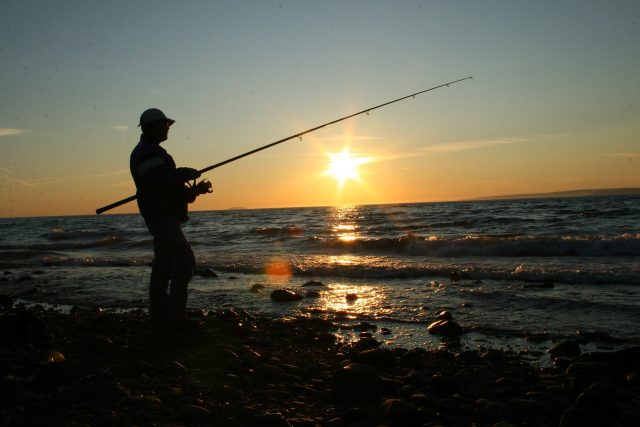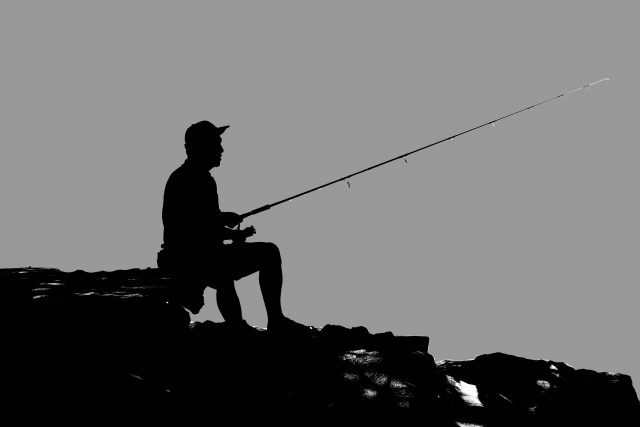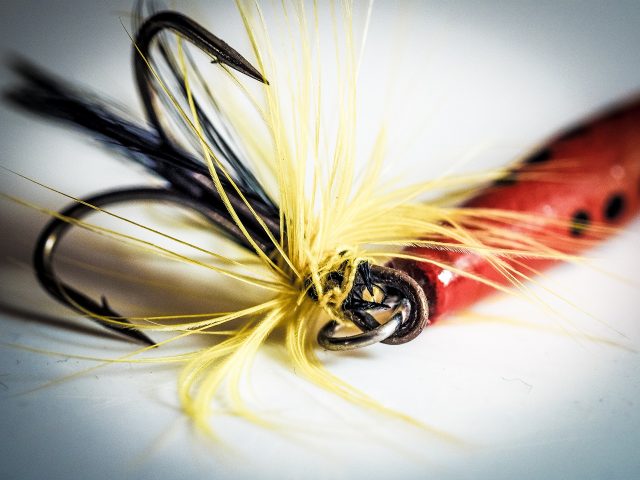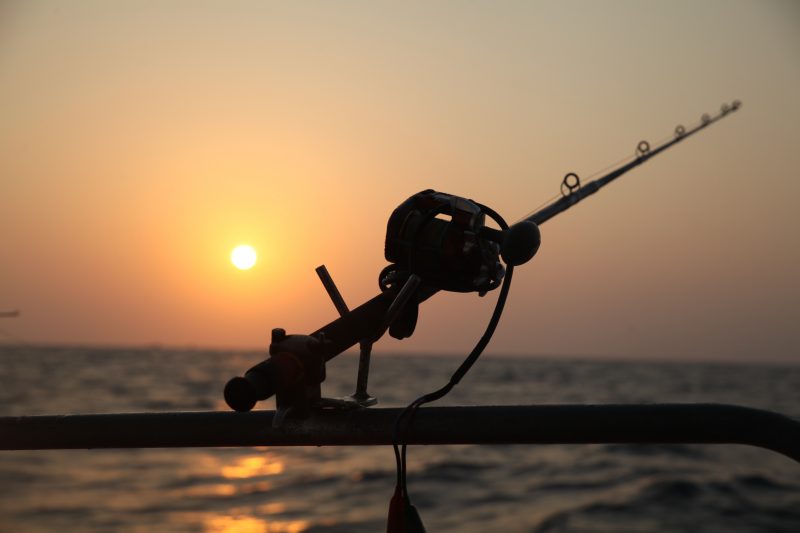Saltwater fishing for beginners
It is no secret that most young anglers start learning the basic techniques and tricks of fishing in a freshwater lake, creek, river or pond, unless, of course, they lived near or in a coastal region. Small rural farm ponds are said to be the perfect place to start learning and perfecting the vital techniques of angling, such as controlling your casting distance and use of proper bait and lure for a specific fish.
Having said all that, a large majority of avid anglers, if presented with the opportunity, would opt for saltwater fishing at least once in their lifetime. And it is believed that once you get the taste of saltwater fishing, you will be hooked on the wide variety of species available there.
Making the transition

Fishing is undoubtedly the most popular recreational activity of Americans. It is reported that fishing ends up attracting more enthusiasts than tennis, sailing, and golf combined. When it comes to saltwater fishing alone, an estimated 25 million participants end up choosing saltwater fishing as their recreational pastime every year in America.
Perhaps the very first realization that you may have while making the shift from freshwater to saltwater fishing is the different characteristics of the water itself that you have to deal with. Fishing in freshwater is undoubtedly the more carefree option, especially when it comes to the longevity of the gear. However, once salt is added into the equation, the maintenance of your gear that comes in contact with water becomes an integral part of your fishing routine.
Basic Tackle

While fishing offshore, most big game anglers will probably opt for the superior and higher grade conventional saltwater rods and reels. However, those who are just beginning their angling in saltwater are perhaps better off starting with a medium weight and good quality spinning combo. By adhering to a spinning combo when fishing in saltwater, you will have the ability to adequately control your coasting, saving you from unnecessary backlashes and the bird’s nests that are considered inherent with almost all conventional gear.
Fishing Line
In the world of saltwater fishing, the selection of the right quality line for your fishing is a crucial component for a successful yield. Considering the fact that saltwater poses a serious threat of corrosion to the line, it is always recommended to go with only the most reliable and best quality fishing line and then, of course, to change it periodically.
Stick with the branded line sold by quality manufacturers and avoid falling for bargains at all costs. It has been proven over the years that lesser quality line can hinder your chances of successful fishing in saltwater. Besides, no one wants to lose the catch of their life due to the poor quality of line or their love for a good bargain. Some people leave saltwater fishing with just regret and nothing else.
Hooks
While selecting the hook for your fishing rod, always be mindful of the fact that your hook must always match the size of the bait or lure you are planning to use. If your hook is much larger than your bait, it will surely fail to catch any attention underwater. If its smaller than the bait, chances are the fish will most probably miss the hook altogether while taking away your bait.
Those who avidly pursue their fishing career or hobby in the murky saltwater will most certainly go for one of three types of hooks: the J hook, the circle hook or the live bait hook.

Even within the J hook type, there are two kinds of hooks; one is designated as a baitholder that carries some barbs on the shank, whereas a standard J will have a rather smooth shank. J hooks are ideal if you are planning to fish using chunks or strip bait, allowing you to place your bait multiple times in order to keep it secure on the hook.
Live bait hooks use the illusion of a swimming bait and provoke the game fish to strike fast and aggressively, allowing the hook to penetrate deeper into the flesh of the fish. These hooks carry a much shorter shank, which is smooth and is designed in a way to pin through the nose and hold the fish firmly through the collar.
Circle hooks have been appearing more frequently in the gear of avid fishing enthusiasts, especially over the past decade or so. These hooks catch the fish in a different manner than other hooks: circle hooks tend to penetrate the corner of the fish’s mouth instead of going deep into the gullet. This unusual grip confuses the fish hence decreasing the chances of release after flapping.

If you have any comments then please drop us a message on our Outdoor Revival Facebook page
If you have a good story to tell or blog let us know about it on our FB page, we’re also happy for article or review submissions, we’d love to hear from you.
We live in a beautiful world, get out there and enjoy it. Outdoor Revival – Reconnecting us all with the Outdoors.





